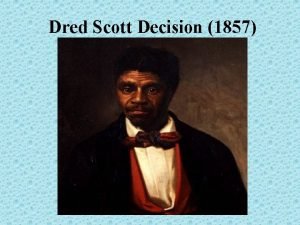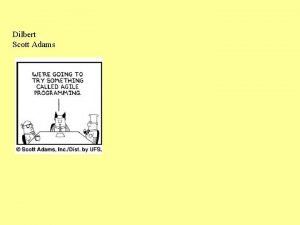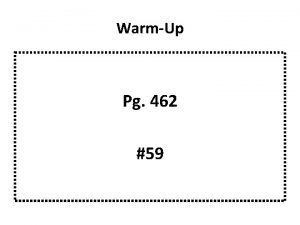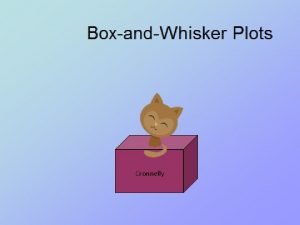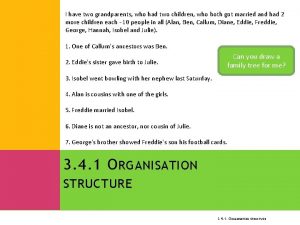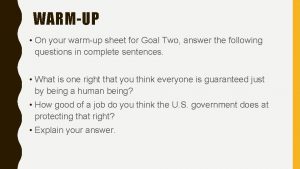WarmUp Scott had 12 58 He purchased two












- Slides: 12

Warm-Up Scott had $12. 58. • He purchased two apples for $1. 13 each and one bottle of juice for $1. 76. • There was no sales tax. How much money did Scott have after his purchases?

Reminder • I am missing a lot of people’s homework across my 4 classes. Make sure you are turning in your homework on time and in the correct homework bin. • If you are absent, check the missed/late work folder to get your homework.

Homework Review • How do we know which number is bigger than another number? • What method do we use? 1) 0. 01 0. 15 12) 0. 990 0. 99 18) 43, 43. 22, 43. 022 – order these 23) 0. 03, 0. 29, 0. 019 – order these on a number line

Finish with Estimations • What are the different ways we explored to estimate with decimals? • Rounding to a specific place value • Rounding using compatible numbers • Rounding using front-end estimation

Practice on Your Warm-up • Use compatible numbers to estimate. What numbers did you use? 1) 2) 3) 4) 392 + 193 36. 4 ÷ 6. 2 73. 25 ÷ 9. 43 23. 3 x 4. 2

More Practice • Use front-end estimation to estimate to the nearest dollar. – When we round to the nearest dollar, what place value are we rounding to? 1. $4. 89 + $3. 97 2. $6. 15 + $8. 86 3. $14. 65 + $27. 29 + $63. 85

What is the purpose of estimating? For your Notes • If I want to buy candy for all 4 of my classes so that everyone can have one piece, what is the least amount of candy I should get if I know there about 21. 7 people in each of my classes? • How would we estimate this problem?

Let’s Check • • 2 B = 22 students 3 B = 20 students 4 B = 19 students 5 B = 22 students Is this amount reasonable? Is it close to our estimate before?

• What if I changed the order in which I added the numbers? • Does the amount change? 22 22 20 19 This is called commutative property of addition. It means that when we change the order of the addends, the sum doesn’t change.

• What if I want to make sure I don’t get any extra candy for homeroom so I add in a 0 to my sum? • Will that change the total of our sum? HR = 0 students 2 B = 22 students 3 B = 20 students 4 B = 19 students 5 B = 22 students Identity property of addition – the sum of 0 and any number is that number

• What if we group the addends together to make it easier to add them? • Does the sum change then? (22 + 22) + 20 + 19 = Associative property of addition – changing the grouping of the addends does not change the sum

Adding Decimals So now that we know the rules, what is the easiest way to add decimals? Line up your values according to place value. Make sure the places match in each number. Ex. Hundredths should be lined up with hundredths.
















